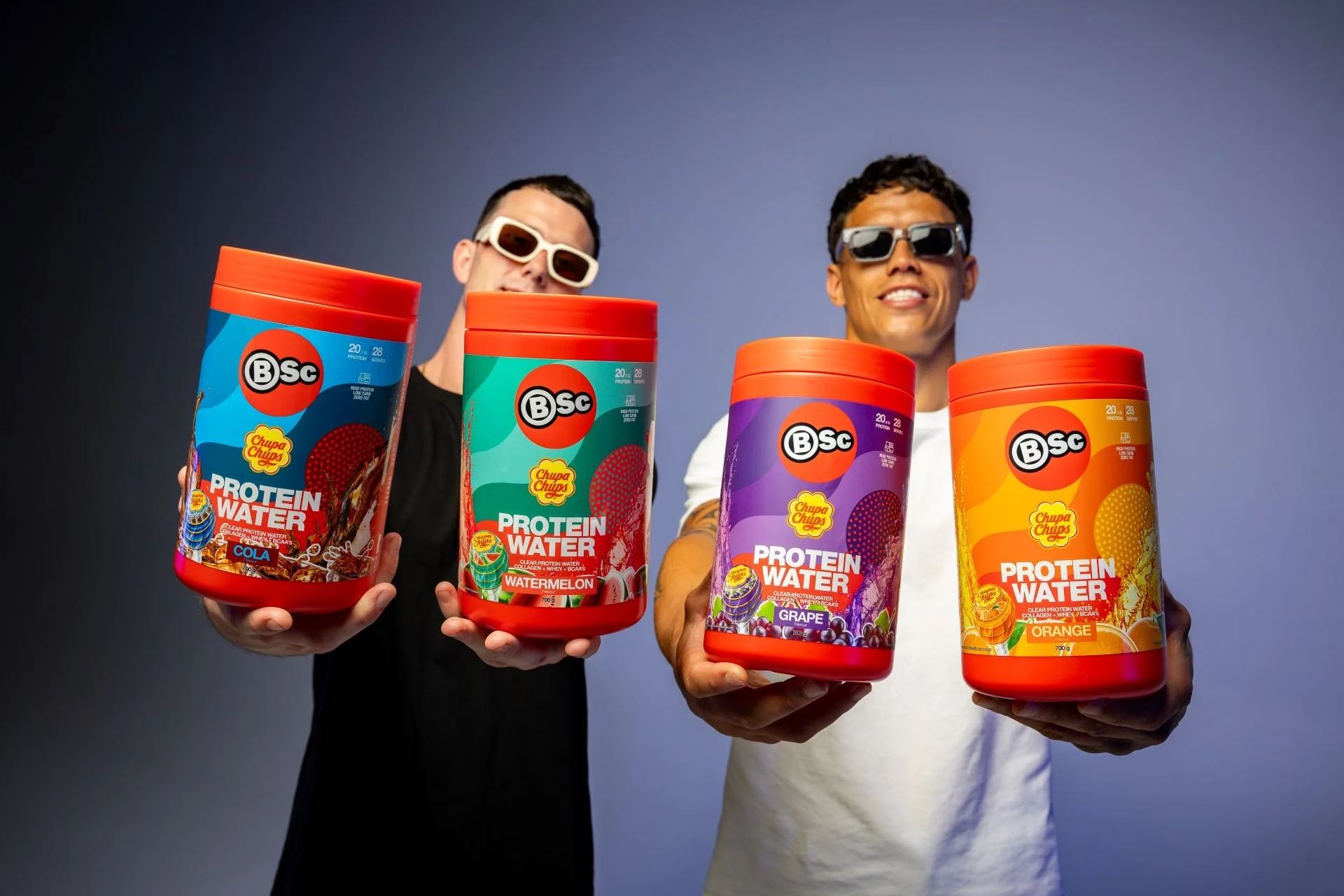Sick of the same grilled chicken and dry tuna routine? If your meals are starting to feel like a chore and your gains have hit a plateau, it might be time to shake things up. Whether you’re bulking, cutting, or just trying to hit your daily macros without eating another plain chicken breast, we’ve got you covered.
These 9 protein alternatives pack serious protein power offering muscle-building nutrition without the monotony. From high-protein snacks that actually taste good to whole-food staples you probably overlooked, this list will help you fuel up, stay lean, and keep your meals interesting.
GRASS-FED BEEF
Why? It’s obvious that beef is packed with it, but grass-fed beef has the bonus of being healthier than grain-fed: there’s less of the bad cholesterol-raising types of saturated fat and more unsaturated fats such as heart-healthy omega-3s and conjugated linoleic acids (CLAs, which may help boost muscle and decrease body fat).
Tip: Many restaurants and supermarkets offer grass-fed beef, but if you can’t find it, try organic fooddirectory.com.au
LENTILS
Why? They’re packed with fibre (15g per cup), which helps you feel more satisfied with meals in combination with the protein they contain. This combo also helps keep your blood sugar more stable, which means less energy and hunger ups and downs. They’re also full of iron (6.6mg per cup — more than 80 percent of the daily recommended intake for men).
Tip: Lentils are faster to prepare than beans or veg as they don’t need to be soaked overnight.
GREEK YOGURT
Why? Versatility. We use the low-fat version of Greek yogurt in smoothies, in place of sour cream, or to thicken soups. It’s an excellent alternative protein source.
Tip: Add protein to a typically carb-heavy meal — say, breakfast pancakes — by topping them with low-fat Greek yogurt, fruit, nuts and a drizzle of honey.
EGGS
Why? In addition to being a tasty, versatile source of protein, eggs are packed with choline and selenium. Plus, one study showed that eating eggs at breakfast may help you stay lean.
Tip: Mix 1 whole egg with egg whites to keep the protein up but cholesterol and saturated fat in check. For a post-workout meal, whip up a frittata and add any vegies you have to hand.
COTTAGE CHEESE
Why? Since protein helps prevent spikes and crashes in blood sugar, it’s a VIP at snack-time. It’s a much higher source of protein than regular-style yogurt and has a different texture, so it gives variety in its uses.
Tip: Top low-fat cottage cheese with a sliced banana and some sliced almonds for a work-friendly snack that doesn’t come from a vending machine.
QUINOA
Why? Not only does quinoa (pronounced “keen-wa”) contain a wholegrain source of carbs that provides fibre and B vitamins (which your body needs to use food as energy), it packs a protein punch too.
Tip: Swap sugary, processed cereals for quinoa with skim milk, blueberries and walnuts.
PRAWNS
Why? They’re convenient, nutritious and take only 10 minutes to turn from frozen into a meal. And with less than 1g of saturated fat and 60 calories per 80g and lots of important vitamins and minerals such as vitamin B12, D and selenium, this source of protein is a winner.
Tip: Sauté in olive oil, garlic, tomatoes and basil then toss with wholewheat pasta and top with parmesan.
CHICKEN SAUSAGES
Why? You get all the flavour that you love about snags, but with one third of the unhealthy saturated fats (and only 120-140 calories).
Tip: Sauté sliced onions and capsicum in olive oil, then mix in a sliced chicken sausage and eat in a wholemeal hot dog bun. It’s quick, easy, protein-packed and feels like you shouldn’t be eating it.
EDAMAME
Why? This plant-based protein source provides an all-in-one balance of protein, carbohydrates and unsaturated fat.
Tip: Opt for pre-cooked frozen versions that are still in the pod. Put a handful or two in a resealable bag to take to work and it’ll be thawed and ready to eat by snack time.
PROTEIN POWDER
Why? A fast, efficient, and ultra-versatile source of high-quality protein, protein powder is a go-to for building and repairing muscle. Whether it’s whey, casein, or a plant-based blend, it delivers a concentrated dose of essential amino acids with minimal prep.
Tip: Mix a scoop into your morning oats, smoothie, or even pancake batter to upgrade your meals with a stealth hit of protein. On the go? Keep a shaker bottle and single-serve sachets in your gym bag for a no-excuses post-workout refuel.



